In the fast-paced world of software development, Agile project management has become a cornerstone for successful project delivery. Agile methodologies emphasize adaptability, collaboration, and customer satisfaction. Central to implementing these methodologies effectively are Agile project management templates.
These templates not only provide a structured approach to managing complex software projects but also enhance team collaboration and efficiency.
Understanding Agile Project Management:
Agile Project Management (APM) is an iterative and incremental approach to managing software development and other projects that aim to deliver high-quality products flexibly and interactively. It is a response to the limitations of traditional project management methods when dealing with rapidly changing environments.
The Essence of Agile in Software Development:
Agile project management is characterized by iterative development. Where requirements and solutions evolve through collaboration between self-organizing cross-functional teams. This approach promotes flexibility, transparency, and quality, making it particularly suitable for software development projects where change is constant and rapid response is essential.
Importance of Agile Templates:
Agile templates play a crucial role in streamlining the project management process. They provide a structured framework that guides teams through the Agile methodology, ensuring that all critical aspects of project management are addressed efficiently. From sprint planning to retrospectives, these templates help in organizing, tracking, and reporting progress, thereby enhancing overall productivity. As they are basic and important tools of Agile project. Related : Why do we need agile project management?
Agile Gantt Charts:
These charts are providing high level overview of project visualizing overall roadmap projects and managing the deadlines.
Key Agile Project Management Templates:
This template helps in managing and prioritizing the list of deliverables known as the product backlog. It is essential to ensure that the team is working on the most important tasks at any given time.
Sprint planning is vital in Agile projects, and this template assists in outlining the work to be done in the sprint. It includes task assignments, timelines, and sprint goals.
A daily stand-up template helps in organizing daily 15-minute meetings to discuss progress and roadblocks. This ensures that the team stays aligned and any issues are addressed promptly.
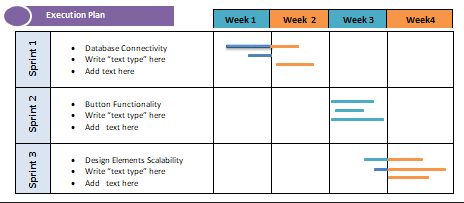
Burndown Chart Template:
This graphical representation tracks the completion of tasks over the sprint. It is crucial to monitor progress and ensure that the team is on track to meet the sprint goals.
Retrospective Meeting Template:
After each sprint, a retrospective meeting template is used to discuss what went well, what didn’t, and how processes can be improved.
Customizing Templates for Specific Needs:
While there are standard templates available, it’s important to customize them according to the specific needs of the project and team. Every software development project is unique, and flexibility in modifying templates ensures that they provide maximum value.
Integrating Agile Templates with Tools:
Agile project management tools are such as Jira, Trello, or Asana. This integration enhances their functionality, allowing for real-time collaboration, automation of tasks, and improved tracking and reporting capabilities.
Challenges and Solutions:
Implementing Agile templates can come with a set of challenges, such as resistance to change or a learning curve in understanding new tools. To mitigate these, it’s important to provide adequate training and emphasize the long-term benefits of Agile templates in improving project outcomes.
Agile Principles and Software Development:
Agile principles, rooted in the Agile Manifesto, emphasize customer satisfaction, adaptive planning, early delivery, and continual improvement. In software development, these principles translate into practices that accommodate changing requirements, even late in development, and promote sustainable development.
The Role of Templates in Agile Project Management:
Templates in Agile project management serve as blueprints, guiding teams through the Agile process. They help standardize procedures, ensure that all critical aspects of project management are considered, and save time by providing pre-defined structures for common project tasks.
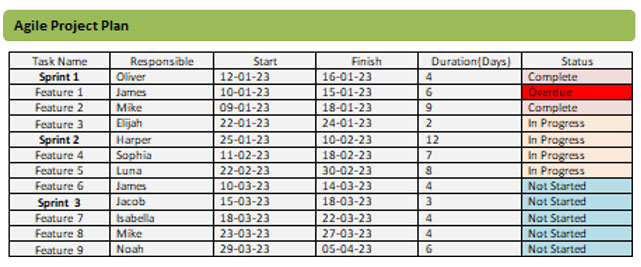
Key Agile Project Management Templates:
This template is crucial for prioritizing and detailing the work that needs to be done, capturing features, requirements, enhancements, and fixes.
Used to plan the work for a specific sprint, this template helps in assigning tasks, estimating effort, and setting sprint goals. Facilitates short, focused daily meetings to update team members on progress, challenges, and immediate plans.
Burndown Chart Template
A visual tool that shows the amount of work remaining in a sprint, helping teams gauge if they are on track to complete the work by the end of the sprint.
Retrospective Meeting Template:
Used at the end of each sprint to reflect on what went well, what didn’t, and how processes can be improved for the next sprint.
Customizing Agile Templates for Specific Needs:
Customization of Agile templates is essential to align them with the unique requirements of each project and team. This section discusses how to tailor these templates to fit different project scopes, team sizes, and organizational cultures.
Integration with Agile Tools:
Integrating Agile templates with project management tools like Jira, Trello, and Asana can significantly enhance their effectiveness. This section explores how such integrations can facilitate real-time collaboration, automate task tracking, and improve overall project visibility.
Agile Templates in Practice – Case Studies:
This section provides real-world examples of how various organizations have successfully implemented Agile project management templates in their software development projects. It discusses the challenges faced, solutions implemented, and the outcomes achieved.
Agile Templates and Remote Teams:
With the rise of remote work, Agile templates have become even more crucial in ensuring that distributed teams remain aligned and productive. This section covers best practices for using Agile templates in a remote work environment, including tools and techniques for effective virtual collaboration. Agile Work Break Down structure (WBS) can be used to break or decomposed large product data into smallest features or sprints.
Advanced Agile Templates:
Beyond the basic templates, this section introduces more advanced templates such as Feature Breakdown Structures (FBS), Epic Roadmaps, and User Story Mapping templates. These advanced templates help in managing large-scale Agile projects with multiple teams and complex product architectures.
Agile Templates for Continuous Improvement:
Continuous improvement is a core principle of Agile methodologies. This section explores how Agile templates can be used as tools for ongoing improvement in project processes, including techniques for gathering and incorporating feedback into template revisions.
Challenges in Implementing Agile Templates:
Implementing Agile templates is not without challenges. This section discusses common obstacles such as resistance to change, learning curves, and aligning templates with existing workflows. It also provides strategies for overcoming these challenges.
Agile portfolio dashboards
These Dashboards are visual timeline tool enables data driven decisions making.
Future Trends in Agile Project Management Templates:
The final section looks ahead at emerging trends in Agile project management, such as the integration of AI and machine learning, and how these might influence the evolution of Agile templates. It discusses the potential of these technologies to automate certain aspects of project management and enhance decision-making processes. google agile project management is used in many ways. The main use of agile model to change software development.
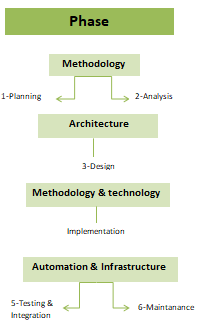
Conclusion:
Agile project management templates are invaluable tools in the arsenal of any software development team. By providing a structured yet flexible framework, they enable teams to navigate the complexities of modern software projects effectively. As the field of software development continues to evolve, so too will these templates, adapting to new challenges and leveraging technological advancements to further enhance project management.
References:
What is Agile project management (APM)?


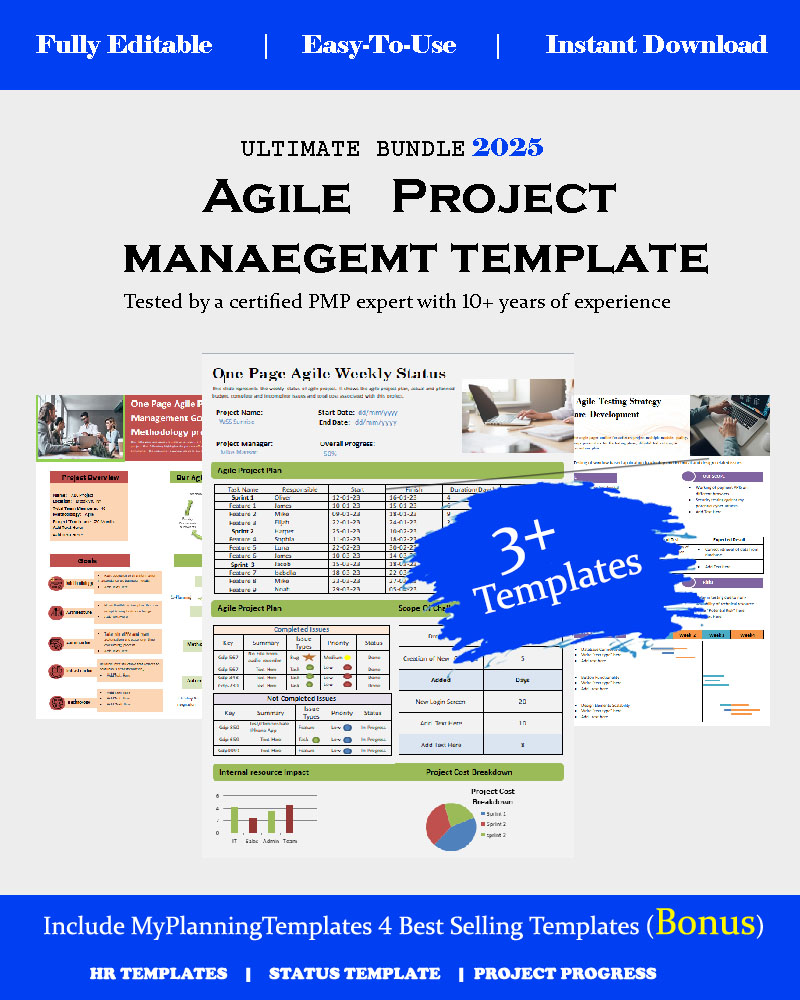
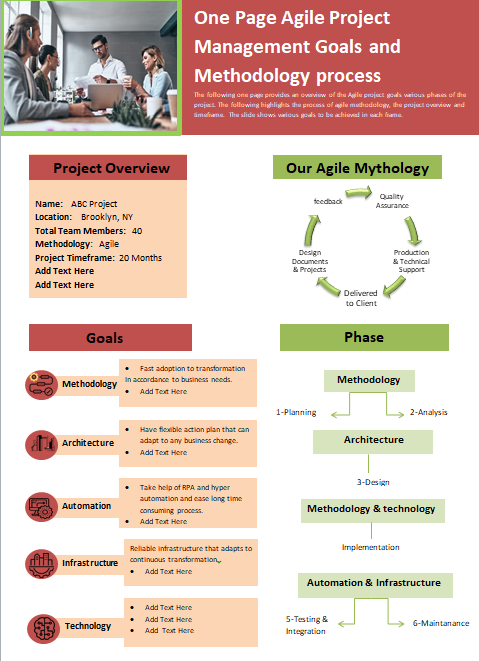
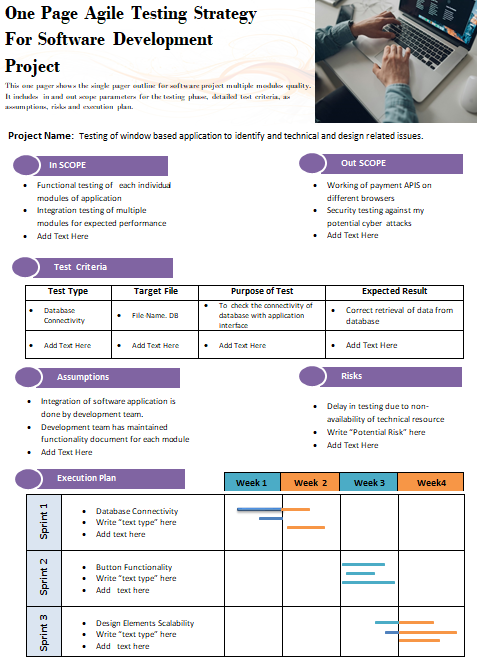
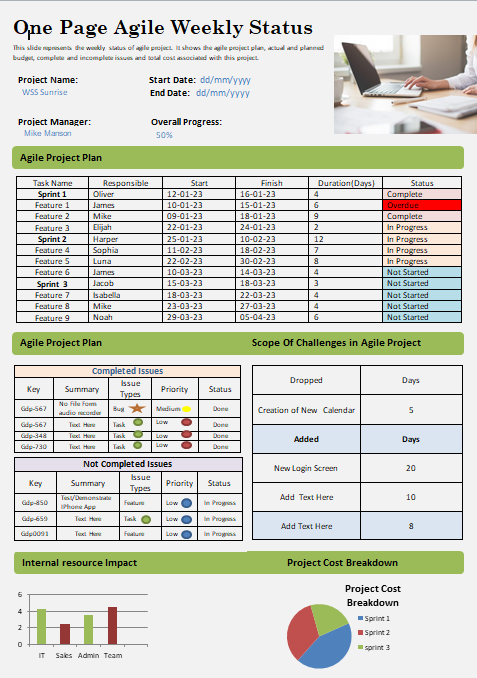

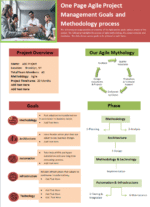
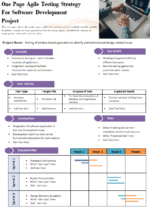
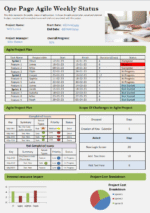
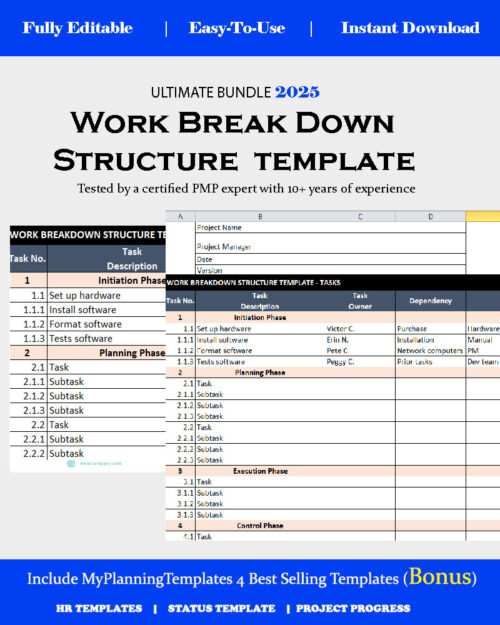



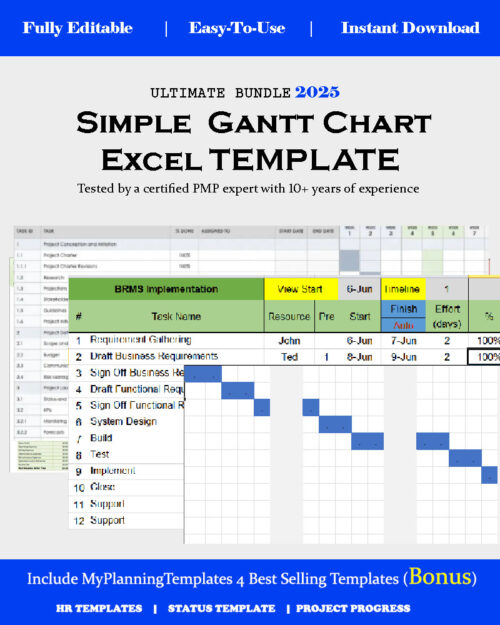
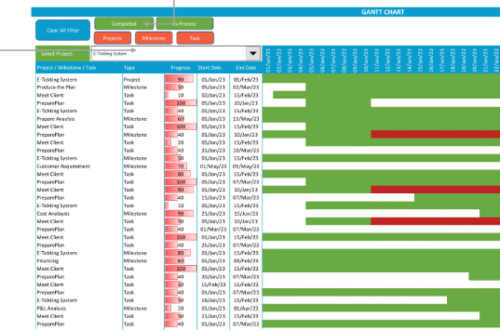

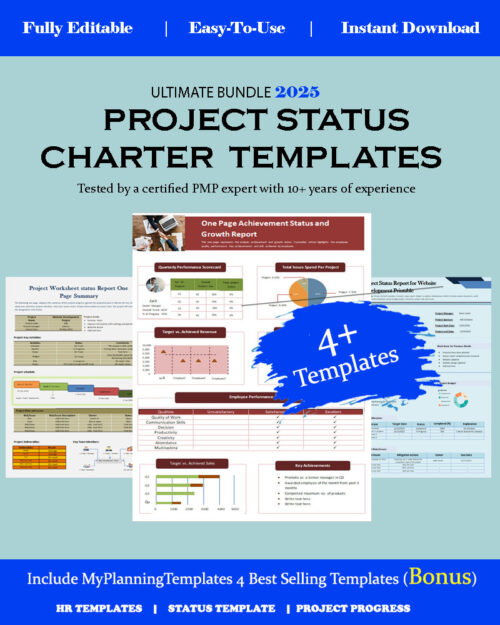
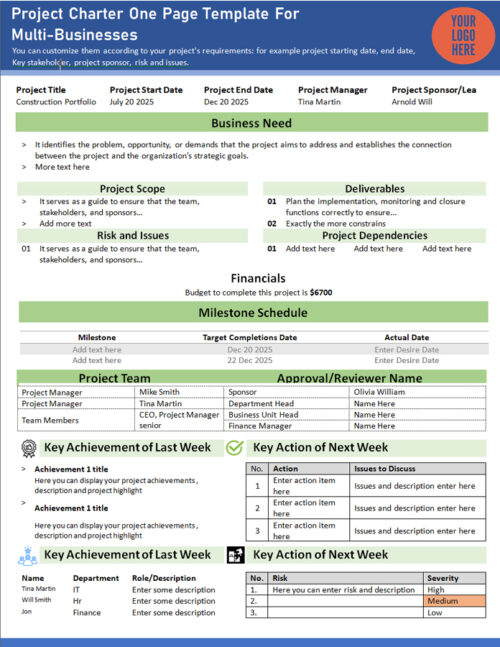


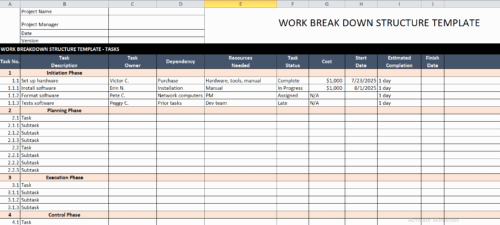
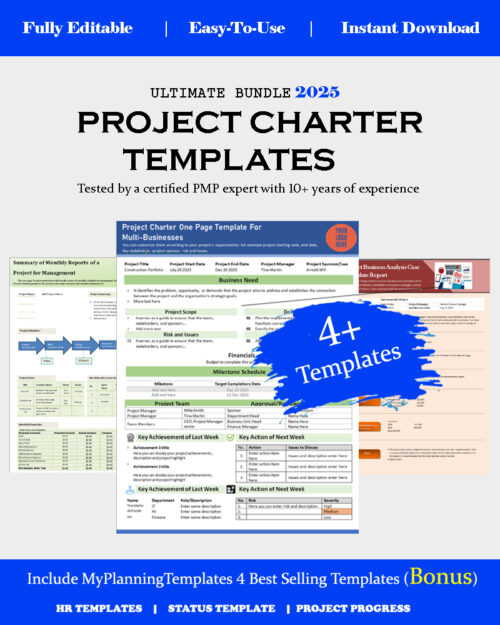
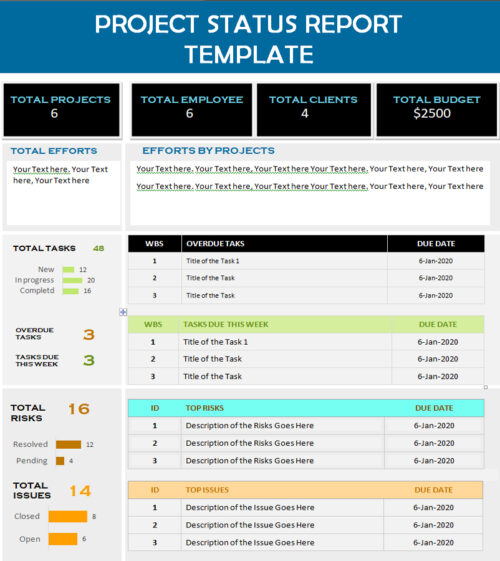

Reviews
There are no reviews yet.